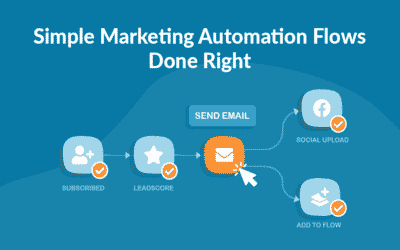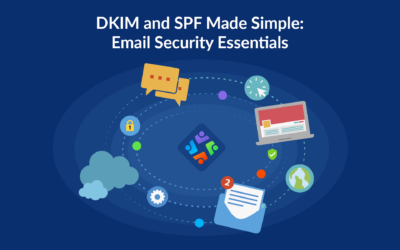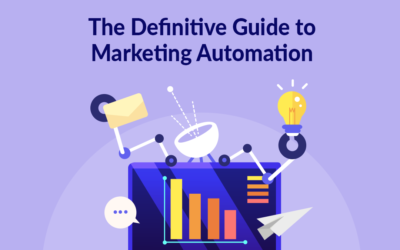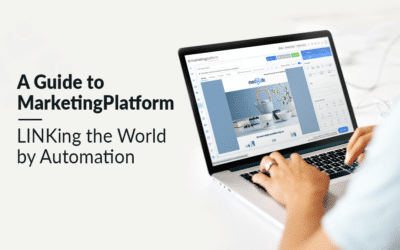A Simple Guide to Marketing Automation. How simple can it be? Well, let us take a look.
Have you ever received an email? Have you ever clicked on a link in an email? Or, have you googled for content and then found ads popping up on the web or in your social media feeds?
Well, if you are reading this, then I am 100% certain that the answer to all these questions is yes!
But do not be alarmed, nobody is spying on you. Unless you are being spammed and your device has a virus, in which case it is a different matter altogether.
In retrospect though, you are being followed. Followed by businesses who are trying to raise their brand awareness. And also trying to promote their goods and/or services.
Whether you are an aspiring marketer or new to marketing automation, then this simple guide to marketing automation is for you. I will take you through the basics in layman’s terms. And once we have finished you will have a better understanding of what marketing automation is and how it works.
Furthermore, you will see why marketing automation is beneficial for all marketers, and even freelance email marketers. And an integral part for businesses to survive in the digital world.
The Meaning of Marketing Automation
I did say layman’s terms. So here goes. Marketing automation is like having one on one conversations with several people, simultaneously, while being in completely different places. Those places could be with family or friends sipping on coffee or enjoying dinner at your favorite eatery.
Or, you could be working away on other tasks, as your boss would most likely want you to be. But do not forget the coffee break.
You could also compare it to Weird Science, the 1985 classic movie. In this movie a computer program is used to create the perfect woman to benefit two teenage high school nerds. And their sole purpose was to gain popularity.
So, marketing automation is the ability to create duplicates of yourself or your employees. This way more work can be done, and several manual and repetitive tasks can be automated. Thus, reducing overheads and increasing productivity. Overall, raising brand awareness and increasing sales.
Guide to Marketing Automation Basic Features
The most common basic feature of marketing automation is simply the automating of tasks. Businesses strive to make every dollar they spend count. And they want each dollar to be worth more than it is. This is known as a return on investment (ROI). If there is no return on investment, there is no business and with that there are no jobs.
Other basic features include:
- The ability to measure performance: Gathering this information will enable you to determine whether the automations are yielding the results you desire. And the ability to review and change should the results not be in your favor. Ultimately, providing invaluable insight and data.
- Personalization: Creating campaigns tailored to everyone has never been so easy. Imagine inviting many people to your store opening. It would be difficult to be able to communicate with every one of them on a personal level. From understanding who they are, to where they come from and what their interests are. But with marketing automation this is possible.
- Raising brand awareness: An uncomplicated way to get the public to know you exist. As your brand awareness grows, so will your web traffic. And with more web traffic comes more leads. Therefore, heading towards the end goal, more business.
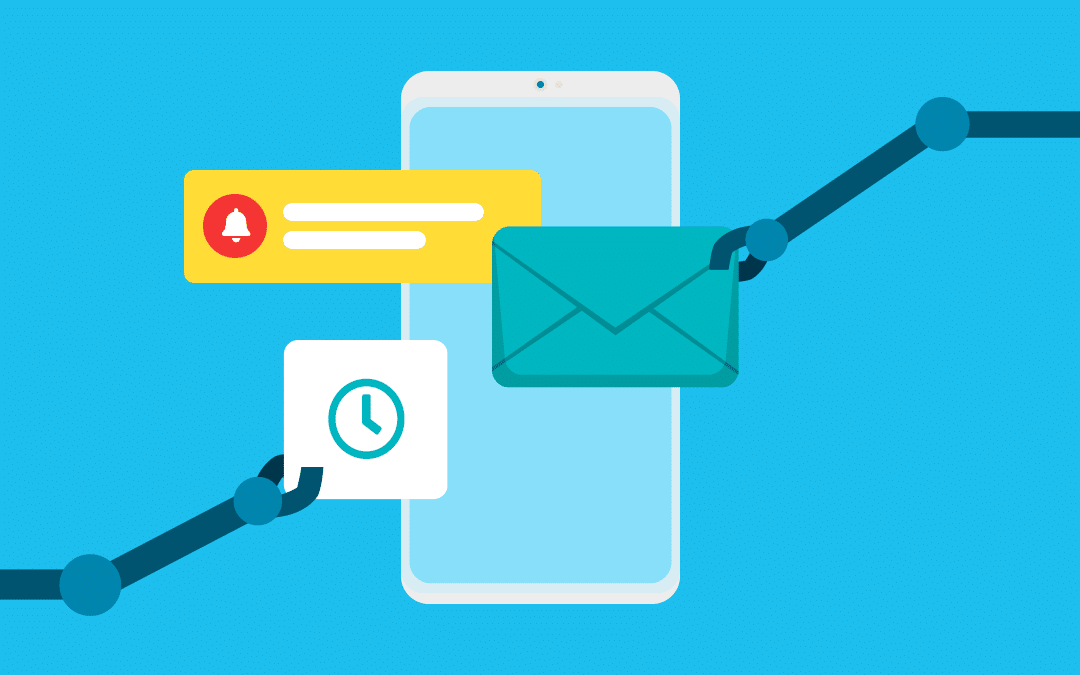
Guide to Marketing Automation Advanced Features
Marketing automation also offers many advanced features. The most common one being with email marketing campaigns. This is where automations go into overdrive and virtually run-on autopilot. With the assistance of segmentation, flows can be created so email responses and actions are sent based on the users’ behavioral patterns.
Think of it like a Yes and No option. This is point A for the user. Then, if the user says Yes, they are taken to point B. But if the user says No, they are taken to point C. And so forth. It is a never-ending maze which will always lead to another point, in this case another action.
Other advanced features include:
- Broadcasting on social media: You have the ability to send the same message from one location to all other social media platforms. So instead of logging into each application separately, and reposting the same content, you complete the task in one hit. Therefore, saving you time. Furthermore, posts for different platforms can be scheduled for various times, dependent on peak periods and the target audience.
- Retargeting: With the assistance of Google, LinkedIn and Facebook retargeting ads etc. you can quietly place ads that pop up and remind users about your brand. When a user sees the ad, their brain automatically registers with the familiarity of your brand. This can steer them into revisiting your website. Whereby making a purchase.
- Push notifications: A fantastic way to keep customers engaged or assist in reengaging with them if they have been inactive. Push notifications are mostly sent to a user’s mobile device via an application. Although they can be sent through a web browser too. This is a simple means of communication.
Examples of Marketing Automations
With the use of segmentations, a clear path of actions can be created so the automations respond on your behalf. Here, you can also set as many actions as you see necessary. By outlining the customer journey, you have theatrically mapped out the required actions.
Some examples are:
- Birthday offer: Hey (insert customers name) it is your birthday. We notice you have not visited our store in recent times. We have really missed you. As a special birthday treat, we would like to offer you a 20% discount off your next purchase.
- Booking confirmation: Hey (insert customers name) it has been a year since you purchased your new vehicle. Your first service is due soon. Please contact us to make a booking. Or alternatively click here (on a link) to confirm a booking time that suits you and receive a free complimentary car wash on the day.
- Segment Email: Hey (insert customers name) Like what you saw? Take another look. Your items are selling fast.
- New customer: Someone signs up to your newsletter. From here you can drip feed them with information about products and/or services. Educating them along the way and working them towards making a purchase from you in the future. For example: Did you know X product is environmentally friendly? Have you heard about the new and improved X product? Would you not like to try X product for free? Etc.
When users act on these examples, they will increase your open rates and drive more web traffic.
The Marketer with Many Hats
Just like the aviation industry, planes are controlled and operated by automation. However, these automations can be overridden and in an unlikely event would still require human control. So, “humans have to be resilient and adaptable when dealing with automation.”
Marketing automation is no different. Understanding the customer and their needs will allow you to make the right decisions at the right time. Thus, ensuring you are providing them with the service they seek. A customer is not easy to come by. But a customer for life is a mission worth banking on.
Hopefully, this simple guide to marketing automation has created a clearer picture of what marketing automation is and how it works. For a more in-depth detailed look into marketing automation, please read our Definitive Guide to Marketing Automation.
This blog post has also appeared in a MarketingPlatform Newsletter.
Author: Alex Trajcevski
Try MarketingPlatform for free for 14 days
The trial period is free, completely non-binding and expires after 14 days if you do not wish to continue.
When you sign up, you will also receive our educational flow via a series of emails along with our newsletter with regular updates.


